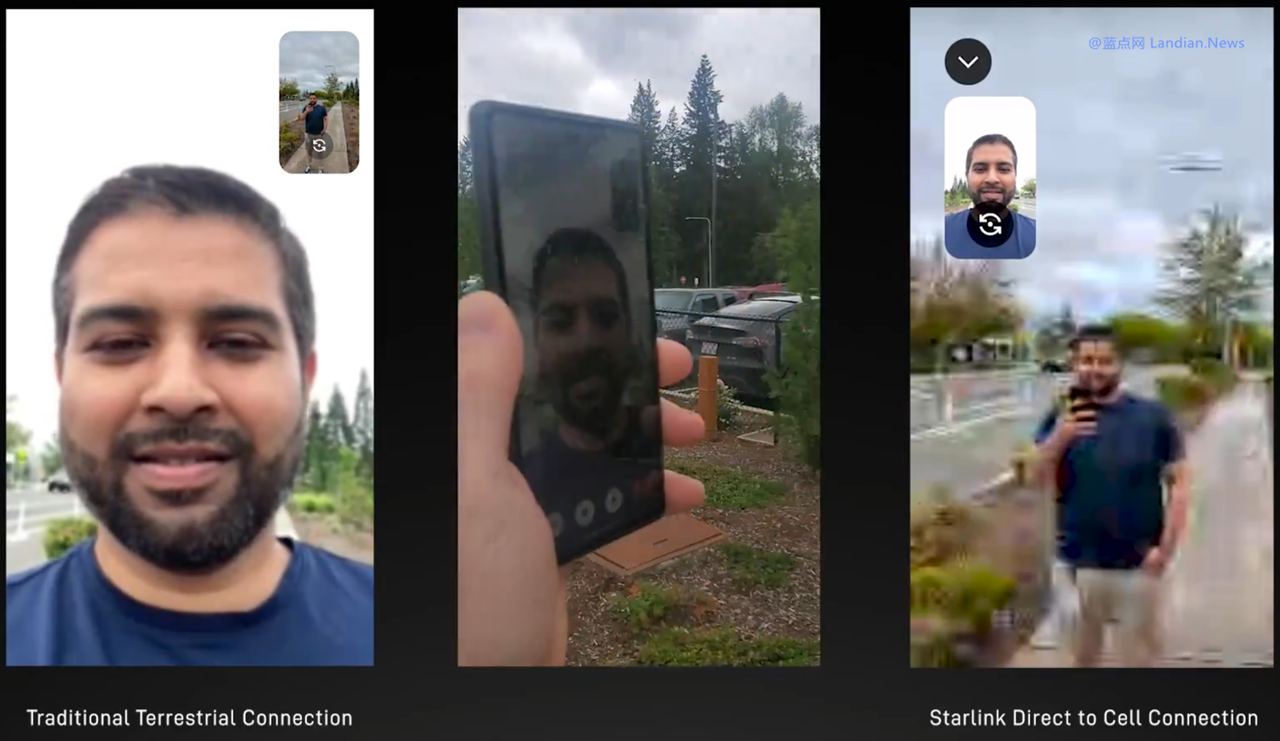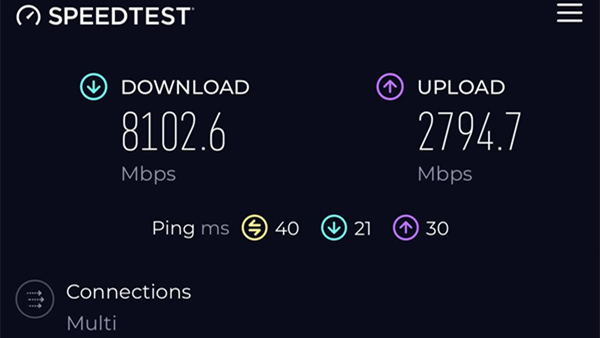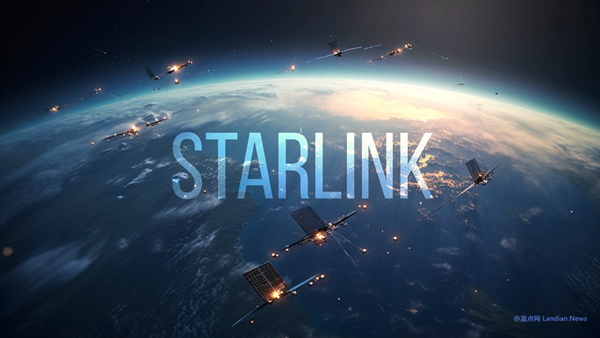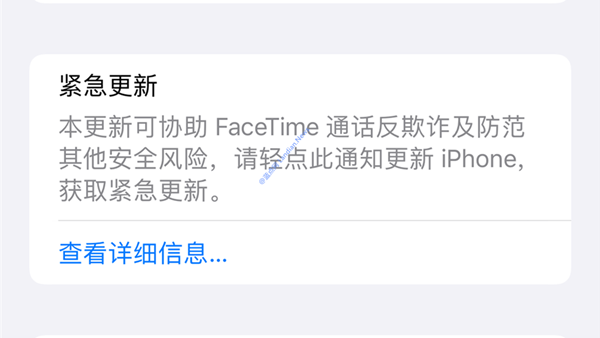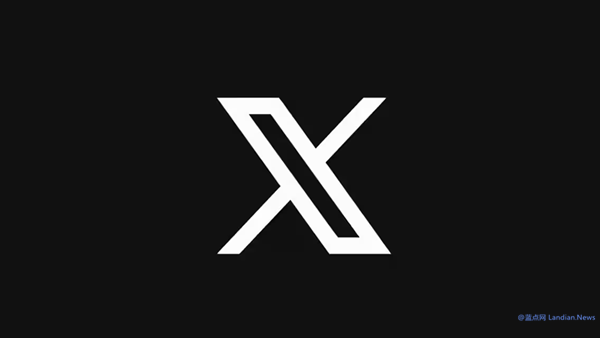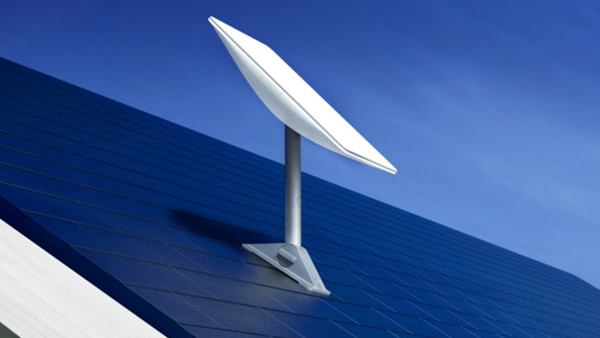Starlink Demonstrates Video Calling via Direct Satellite Connection to 4G LTE Phones, Usable but Currently Low Quality
Elon Musk’s Starlink has developed Direct to Cell (D2C) technology, which has been around for a while. In the United States, Starlink mainly collaborates with the carrier T-Mobile to bring direct satellite connectivity to users.
The main advantage of D2C technology is that users don't need any special equipment; regular smartphones that support 4G LTE and 5G can directly connect to satellites to access cellular networks.
This means users can connect to the internet even in extremely remote areas. It also supports sending and receiving text messages, making and receiving calls, etc. However, currently, users can only send text messages and do not yet have the capability to make calls or access the internet.
Today, Starlink conducted a new test, obtaining internet access through a D2C satellite connection, and then used X/Twitter's video calling feature to video call others.
The good news is that video calling is possible even with a direct satellite connection. The bad news is that, at least for now, the network quality is relatively poor, leading to issues like video lag and blurriness during calls. These network quality issues require the launch of more satellites and further technical optimizations.
Starlink and T-Mobile plan to bring satellite cellular network support later this year. T-Mobile users will then be able to access this feature, which will require an additional fee for the satellite connection service.
Carriers that have not partnered with Starlink naturally do not support this feature for the time being. However, Starlink is also collaborating with local carriers in overseas markets like Japan. Once approved by local regulatory authorities, users will be able to connect to the internet via direct satellite connections on regular phones.
